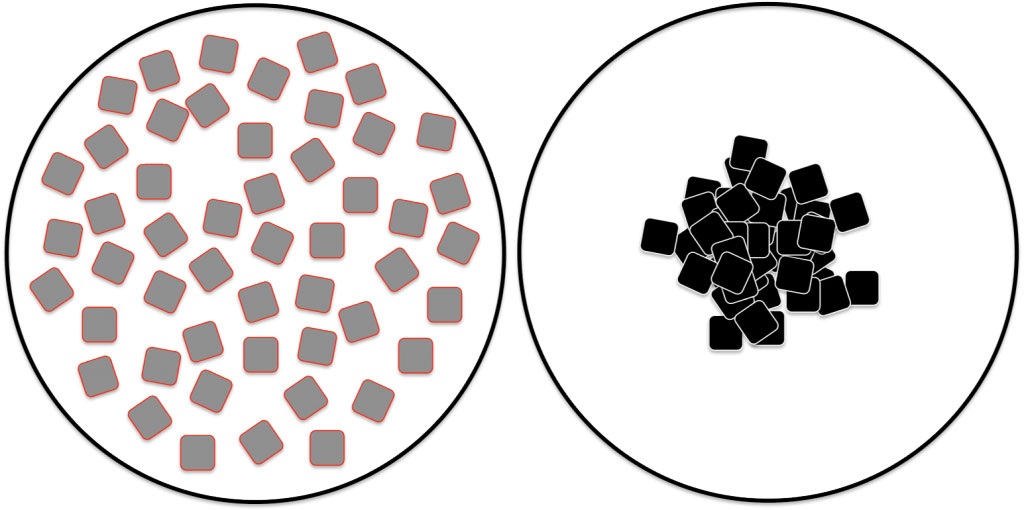From top to bottom, the Kettleman™ has been designed to give you a better cooking experience. And how you use charcoal is an important part. Thanks to the innovative design, the Kettleman™ requires less charcoal than a standard charcoal grill.
Direct Grilling

For standard direct cooking, distribute about 50 briquettes evenly. Don’t worry about the gaps. Just be sure to let the cooking grate pre-heat for 5 to 10 minutes to get that perfect sear on steaks, chops, burgers or anything else you want to sizzle. You can also cook directly by leaving the coals mounded in the middle and positioning your food above the coals. To make lighting the charcoal easy, use a chimney starter, or you can mound the briquettes into a pyramid-shaped pile. Lighter fluid, fire starters or crumpled paper will all help start the burn. When the coals are mostly covered in light grey ash it’s time to get cooking.
Indirect Grilling

The Char-Broil Kettleman™ offers you a variety of ways to control the heat for a low and slow burn. The Kettleman™’s fire grate is higher and 20% wider, you can cook a variety of food by surrounding it with a consistent low heat. For standard indirect cooking, pre-heat about 60 briquettes to cover half the fire grate. Then place your food on the other half of the grill. You can also arrange about 60 briquettes in a ring around the outside edge. Pre-heat the coal, and then place your food in the middle of the grate. To get a real low and slow burn, the Kettleman™ has you covered. Arrange about 80 briquettes in a c-shape around the fire grate. Light one end to allow the charcoal to burn like a fuse providing you more than 6 hours of cooking time. After the first few coals turn white, place the cooking grate on the charcoal. You can even use a pile of charcoal in the middle of the fire grate to achieve indirect heating, as long as you place your food around the outer edge. If you need longer cook time, add a few extra briquettes before placing the cooking grate on.